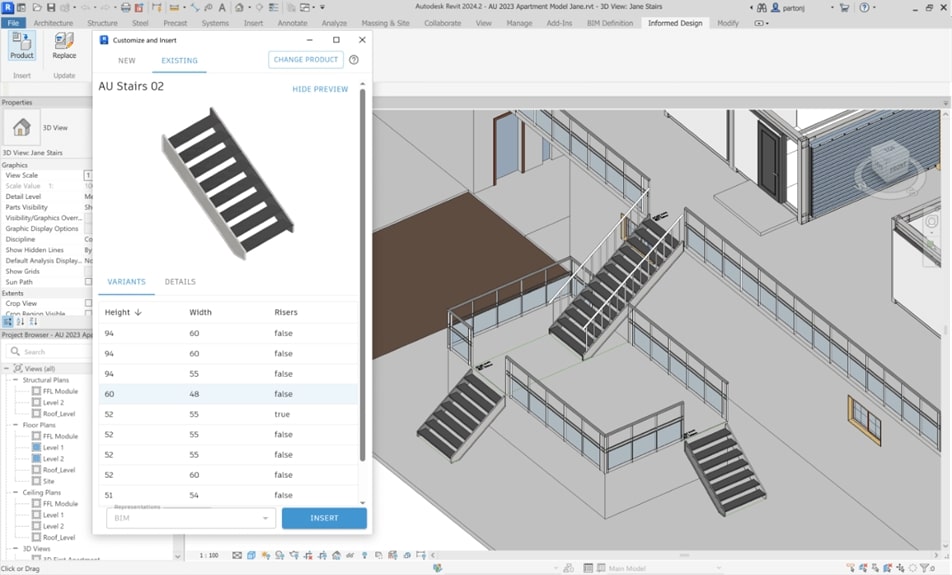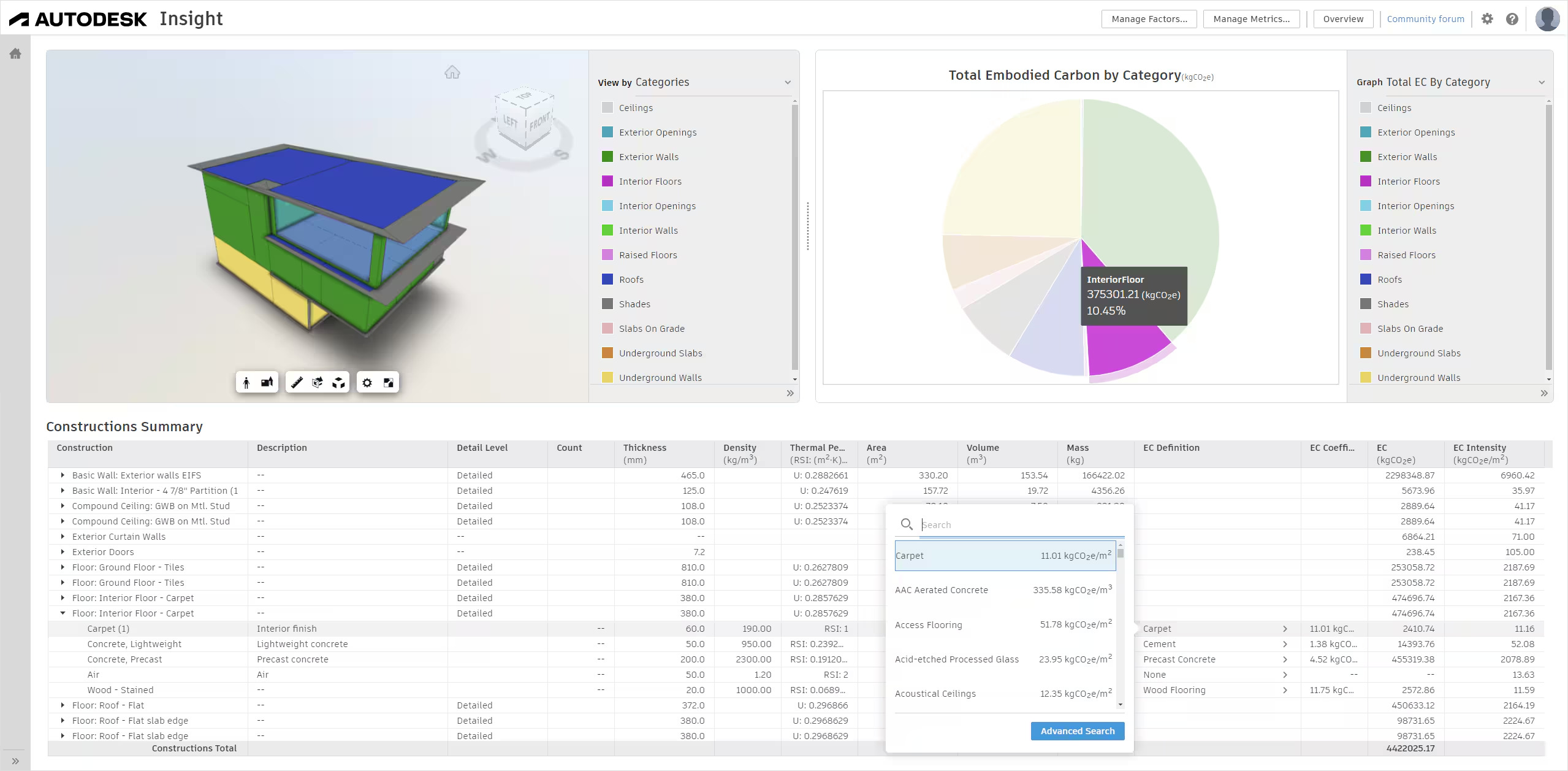- Home
- Articles
- Architectural Portfolio
- Architectral Presentation
- Inspirational Stories
- Architecture News
- Visualization
- BIM Industry
- Facade Design
- Parametric Design
- Career
- Landscape Architecture
- Construction
- Artificial Intelligence
- Sketching
- Design Softwares
- Diagrams
- Writing
- Architectural Tips
- Sustainability
- Courses
- Concept
- Technology
- History & Heritage
- Future of Architecture
- Guides & How-To
- Art & Culture
- Projects
- Interior Design
- Competitions
- Jobs
- Store
- Tools
- More
- Home
- Articles
- Architectural Portfolio
- Architectral Presentation
- Inspirational Stories
- Architecture News
- Visualization
- BIM Industry
- Facade Design
- Parametric Design
- Career
- Landscape Architecture
- Construction
- Artificial Intelligence
- Sketching
- Design Softwares
- Diagrams
- Writing
- Architectural Tips
- Sustainability
- Courses
- Concept
- Technology
- History & Heritage
- Future of Architecture
- Guides & How-To
- Art & Culture
- Projects
- Interior Design
- Competitions
- Jobs
- Store
- Tools
- More
The Role of BIM in Revolutionizing Construction Projects: Improving Efficiency and Collaboration
Discover how Building Information Modeling (BIM) is revolutionizing the construction industry by enhancing design precision, streamlining workflows, and fostering collaboration. Explore its benefits, challenges, and future potential as it transforms project management with advanced 3D modeling, clash detection, and integration with emerging technologies like AI, AR, and IoT.

The construction industry has always been a hub of innovation, and Building Information Modeling (BIM) is one of the most transformative advancements we’ve seen in recent years. It’s not just a tool; it’s a game-changer that’s reshaping how we design, plan, and execute projects. By integrating data and 3D modeling, BIM helps us streamline processes, reduce errors, and improve collaboration across teams.
In a world where efficiency and sustainability are more important than ever, BIM stands out as a solution that bridges the gap between vision and execution. It empowers us to visualize every detail before construction even begins, saving time, money, and resources. As the demand for smarter, faster, and greener construction grows, BIM is leading the charge in revolutionizing how we build.

Table of Contents
ToggleUnderstanding BIM and Its Importance
Building Information Modeling (BIM) reshapes how construction projects are designed, managed, and executed. By providing a digital framework, BIM connects every aspect of a project to improve accuracy, reduce conflicts, and elevate overall efficiency.

What Is BIM?
BIM is a digital process that creates and manages project information using 3D models. Unlike traditional blueprints, BIM integrates geometry, spatial relationships, and performance data into one cohesive system. It supports stakeholders like architects, engineers, and contractors by ensuring real-time collaboration. Through BIM, project teams access detailed insights to make informed decisions throughout a building’s lifecycle.
Key Features of BIM
- 3D Modeling and Visualization: BIM offers advanced 3D representations of structures, enabling teams to visualize designs before construction begins. For instance, architects use BIM to simulate real-world structures in a digital space.
- Data Integration: BIM connects design, cost, and scheduling data into centralized models, keeping all stakeholders aligned. Engineers, for example, integrate structural analysis directly into the model.
- Collaboration: BIM fosters cross-disciplinary communication by allowing simultaneous updates from multiple teams. Real-time sharing reduces miscommunication and delays in projects.
- Clash Detection: The platform identifies potential conflicts, such as overlapping electrical and plumbing components, during early design stages, saving time typically spent resolving issues onsite.
- Lifecycle Management: BIM isn’t limited to design and construction. Facilities management teams monitor maintenance schedules and overall asset performance post-construction.
This robust approach redefines the construction industry by promoting efficiency, accuracy, and collaboration across all project stages.
The Role of BIM in Revolutionizing Construction Projects
Building Information Modeling (BIM) serves as a transformative tool that’s redefining the construction industry. By bridging gaps in communication, enhancing design precision, and optimizing project workflows, BIM improves efficiency across all project phases.

Enhancing Collaboration and Communication
BIM fosters seamless collaboration by integrating data into a single, centralized model. This approach provides real-time access to project details, enabling all stakeholders—architects, engineers, and contractors—to work from the same data set. For example, when structural adjustments are required, updates are accessible to everyone instantly, minimizing misunderstandings and confusion. The shared platform promotes transparency, enhancing teamwork and streamlining decision-making.
Improving Design Accuracy and Visualization
The precision in BIM modeling delivers highly accurate designs. Through advanced 3D visualization, we can simulate projects in detail before construction starts. This makes it easier to identify potential errors or conflicts, such as clashes between mechanical and structural systems. By addressing these issues early, teams prevent disruptions during actual construction. BIM’s visual insights improve stakeholder buy-in by offering tangible previews of project outcomes.
Streamlining Project Management and Coordination
BIM integrates scheduling and cost data within its digital framework. This functionality allows us to create detailed project timelines and budgets that align with design specifications. Clash detection tools further ensure efficient coordination by identifying issues between different systems, preventing costly on-site adjustments. BIM centralizes project information, simplifying the management of complex, multi-disciplinary tasks and keeping workflows aligned.
Reducing Costs and Time Delays
BIM optimizes resources through its detailed planning and predictive capabilities. By identifying and resolving design errors early, we avoid expensive rework and material waste. Its accurate scheduling modules help forecast timelines, reducing project delays and associated costs. This combination of error prevention and efficiency accelerates construction processes while maintaining budgetary control.
Real-World Applications of BIM
BIM is transforming various sectors of the construction industry, providing innovative solutions that enhance project efficiency and accuracy. Let’s explore its role in different types of projects.

Infrastructure Development
We leverage BIM to design and manage complex infrastructure projects like bridges, highways, and railways. Its advanced modeling capabilities allow us to create detailed simulations of large-scale systems, optimizing layouts and material usage. For example, integrating clash detection into designs prevents errors during the construction of tunnels and road networks. BIM also incorporates GIS data, linking geospatial information with project designs to ensure precise alignment and compliance with environmental standards.
Commercial and Residential Buildings
BIM facilitates tailored designs and efficient management for both commercial properties and residential units. Teams use it to create highly detailed 3D models, offering clients virtual walkthroughs prior to construction. Precise information regarding materials, layouts, and energy consumption is embedded into models, promoting sustainability in high-rise office buildings or multi-family housing projects. Additionally, construction scheduling and cost analysis enable streamlined workflows, reducing project delays and budget overruns.
Renovation and Retrofitting Projects
BIM enhances renovation and retrofitting by providing accurate data on existing structures. Laser scanning technology incorporated into BIM models enables us to capture as-is conditions of buildings, creating a foundation for updates or upgrades. For historic preservation projects, this minimizes damage by assessing structural integrity digitally before intervention. For energy retrofits, BIM analyzes systems like HVAC and electrical networks, ensuring enhanced performance and compliance with modern standards.
Challenges and Limitations of BIM
While BIM transforms construction projects with efficiency and accuracy, it faces several challenges that limit its widespread adoption.

Implementation Costs and Training
BIM demands significant investment during initial implementation. Software licensing can cost between $3,000 and $6,000 per user annually, depending on the platform. Hardware upgrades may also be necessary to run resource-intensive BIM applications efficiently. Maintenance expenses, including updates and technical support, add to the financial burden.
Training is another critical challenge. BIM requires skilled personnel to manage complex tools and interpret integrated models effectively. Training programs, often costing between $500 and $2,000 per participant, create additional expenses for companies, especially for teams unfamiliar with digital construction workflows. These high costs and skill gaps can discourage smaller firms from adopting BIM.
Interoperability and Software Compatibility
BIM platforms face interoperability challenges due to diverse software ecosystems. Different stakeholders often use varied software tools, making seamless data exchange difficult. For example, issues arise when translating file formats between platforms like Revit, Navisworks, and Tekla, potentially causing data loss or miscommunication.
Software compatibility often depends on proprietary standards, restricting efficient collaboration among teams. When partners rely on non-compatible systems, entire workflows may stall, requiring manual adjustments to bridge gaps. These barriers slow processes and reduce the efficiency gains BIM aims to deliver.
Future of BIM in Construction Projects
BIM continues to evolve, driving innovation and reshaping how we approach construction. Its integration with other technologies and expansion into non-traditional applications promises to further revolutionize the industry.

Integration with Emerging Technologies
BIM increasingly aligns with emerging technologies, amplifying its capabilities. Artificial Intelligence (AI) supports predictive analytics, helping us forecast project risks and optimize designs using data patterns. With Augmented Reality (AR) and Virtual Reality (VR), BIM enhances visualization, enabling teams to immerse themselves in detailed models and identify issues pre-construction. Drones and advanced scanning tools offer precise data inputs, improving accuracy in creating and updating models. IoT integration connects real-time data from sensors on site to BIM platforms, advancing monitoring, and asset management during a building’s lifecycle. Combined, these innovations elevate traditional construction practices into smart, adaptive processes.
Expanding Its Use Beyond Construction
BIM applications are broadening, influencing industries beyond construction. Facility management benefits by utilizing BIM data for efficient maintenance and resource tracking throughout a building’s lifecycle. Urban planning is leveraging BIM to simulate infrastructure in 3D, supporting smart city development by optimizing layouts, energy systems, and transportation networks. In manufacturing, BIM integrates with prefabrication and modular construction strategies, ensuring components are precisely designed and assembled off-site. For infrastructure resilience, BIM aids disaster planning by modeling evacuation routes and assessing infrastructure durability. This expansion highlights BIM’s versatility and its growing role as a critical tool across various fields.
Conclusion
BIM plays an integral role in reshaping construction projects, offering solutions that streamline workflows, enhance collaboration, and improve accuracy. It centralizes project data, enabling teams to work cohesively while minimizing errors and rework through advanced tools like clash detection and 3D modeling. By integrating design, cost, and scheduling data into a unified platform, BIM accelerates project timelines, optimizes resources, and ensures budgetary alignment.
Its applications span various sectors, from managing large-scale infrastructure projects to customizing designs for commercial and residential buildings. In renovation projects, BIM aids in accurately capturing existing conditions to facilitate efficient retrofits. Despite challenges such as high implementation costs and software interoperability issues, its integration with emerging technologies like AI, VR, AR, and IoT enhances its potential for innovation. BIM is not just revolutionizing the construction industry but driving advancements across facility management, urban planning, and beyond.
- 3D modeling in construction
- BIM architecture
- BIM collaboration tools
- BIM construction
- BIM for contractors
- BIM implementation strategy
- BIM in civil engineering
- BIM integration
- BIM project lifecycle
- BIM software
- BIM technology in construction
- Building Information Modeling
- collaborative construction processes
- construction planning with BIM
- construction project efficiency
- construction project management
- cost saving with BIM
- digital construction solutions
- improving construction efficiency
- virtual design construction
Submit your architectural projects
Follow these steps for submission your project. Submission FormLatest Posts
BIM in Architecture: What You Need to Know for Smarter Building Design
Discover how Building Information Modeling (BIM) is transforming architecture with intelligent 3D...
The Future of Architecture: How the BIM Industry Is Changing Design and Construction
Explore how Building Information Modeling (BIM) is revolutionizing architecture with enhanced collaboration,...
How the BIM Industry is Transforming Modern Construction Practices for a Better Future
Discover how Building Information Modeling (BIM) is revolutionizing the construction industry by...
Understanding the Impact of BIM on the Construction Industry: Revolutionizing Building Projects
Discover how Building Information Modeling (BIM) is revolutionizing the construction industry by...












Leave a comment